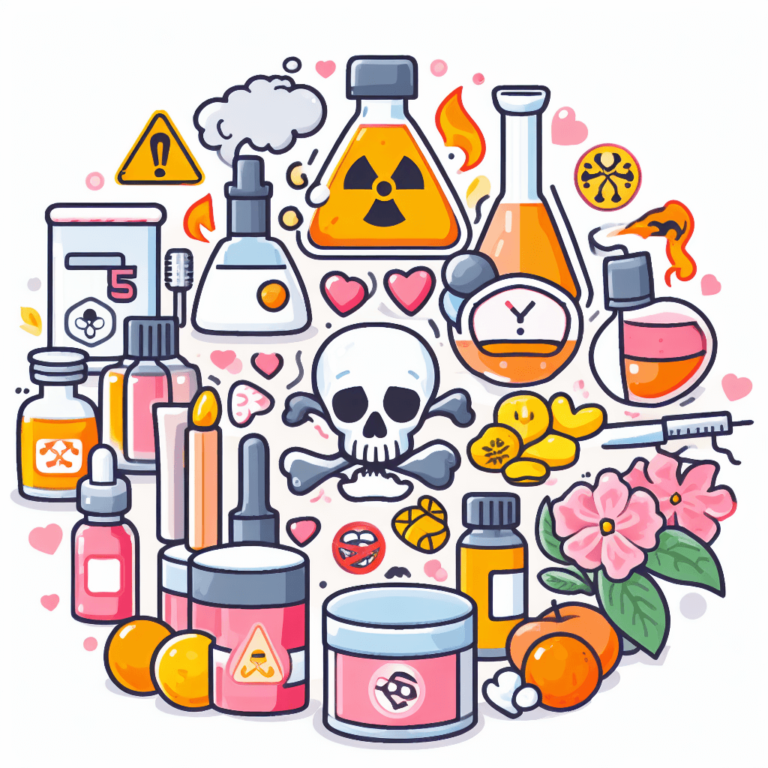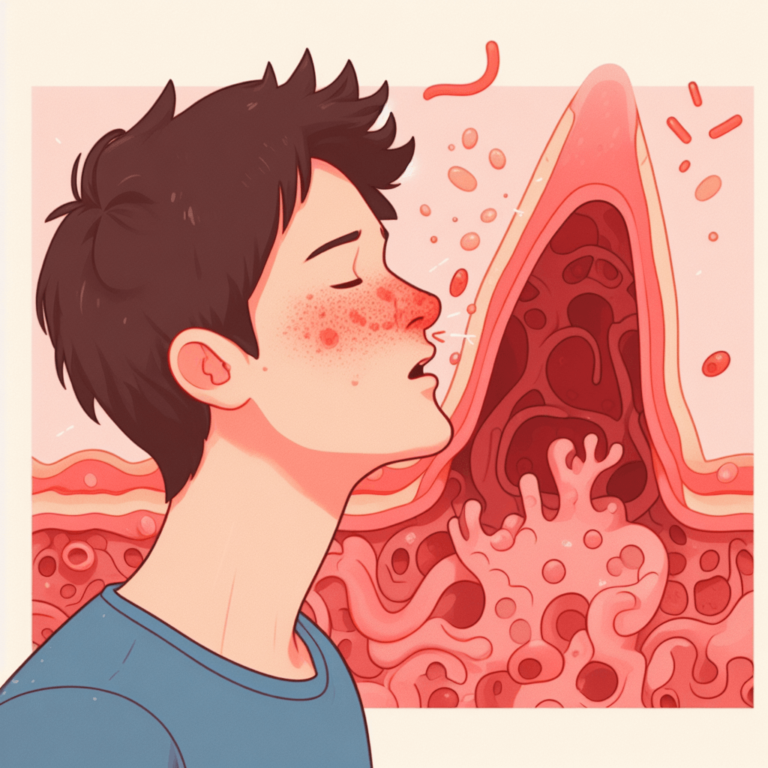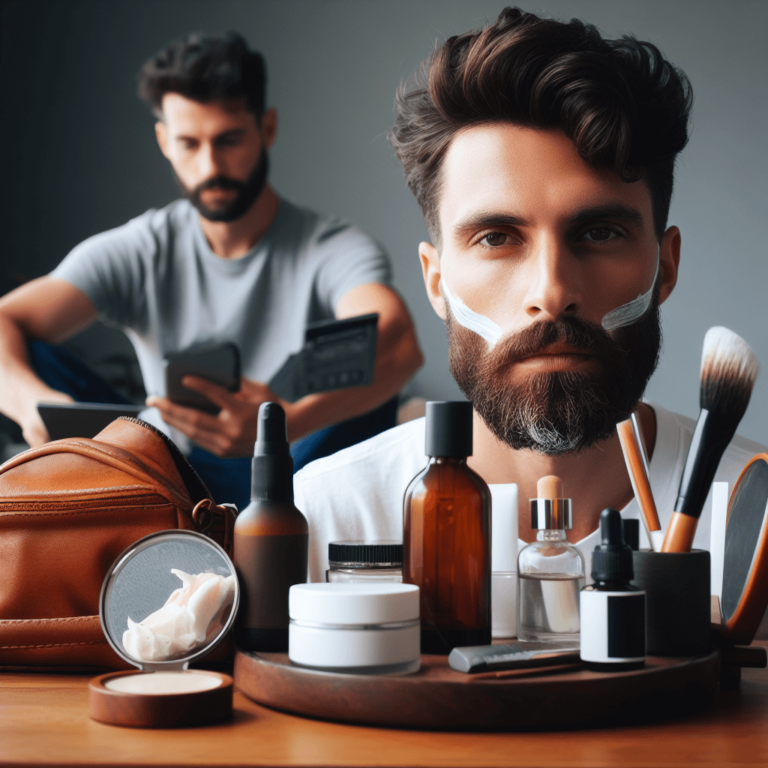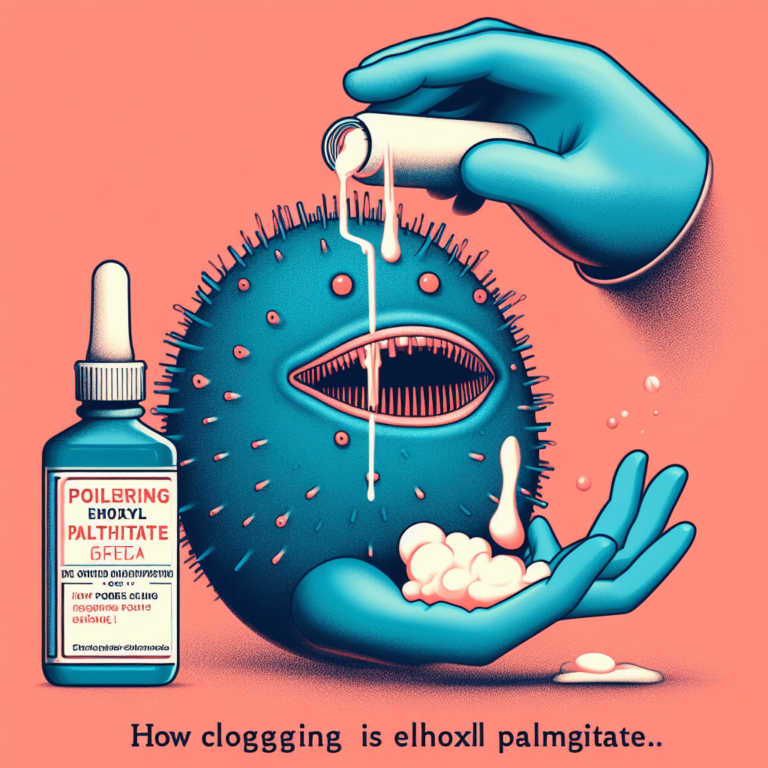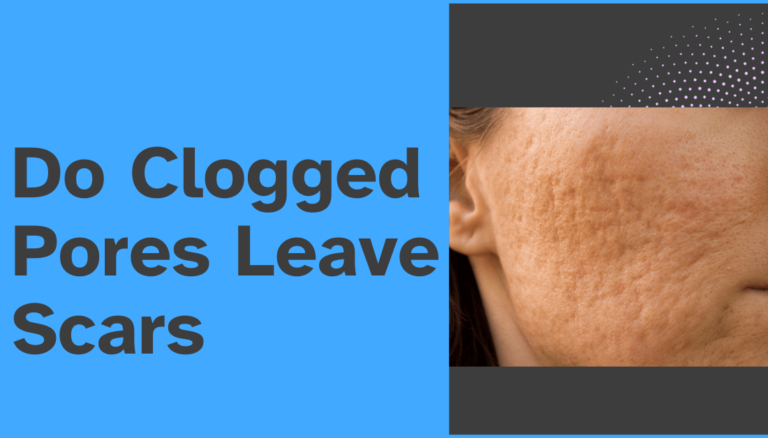Different Types of Acne and How to Identify Them
Acne isn’t a one-size-fits-all condition. Understanding the different types of acne is key to effectively managing and treating your skin. Let’s take a closer look at the various forms of acne and how you can identify them.
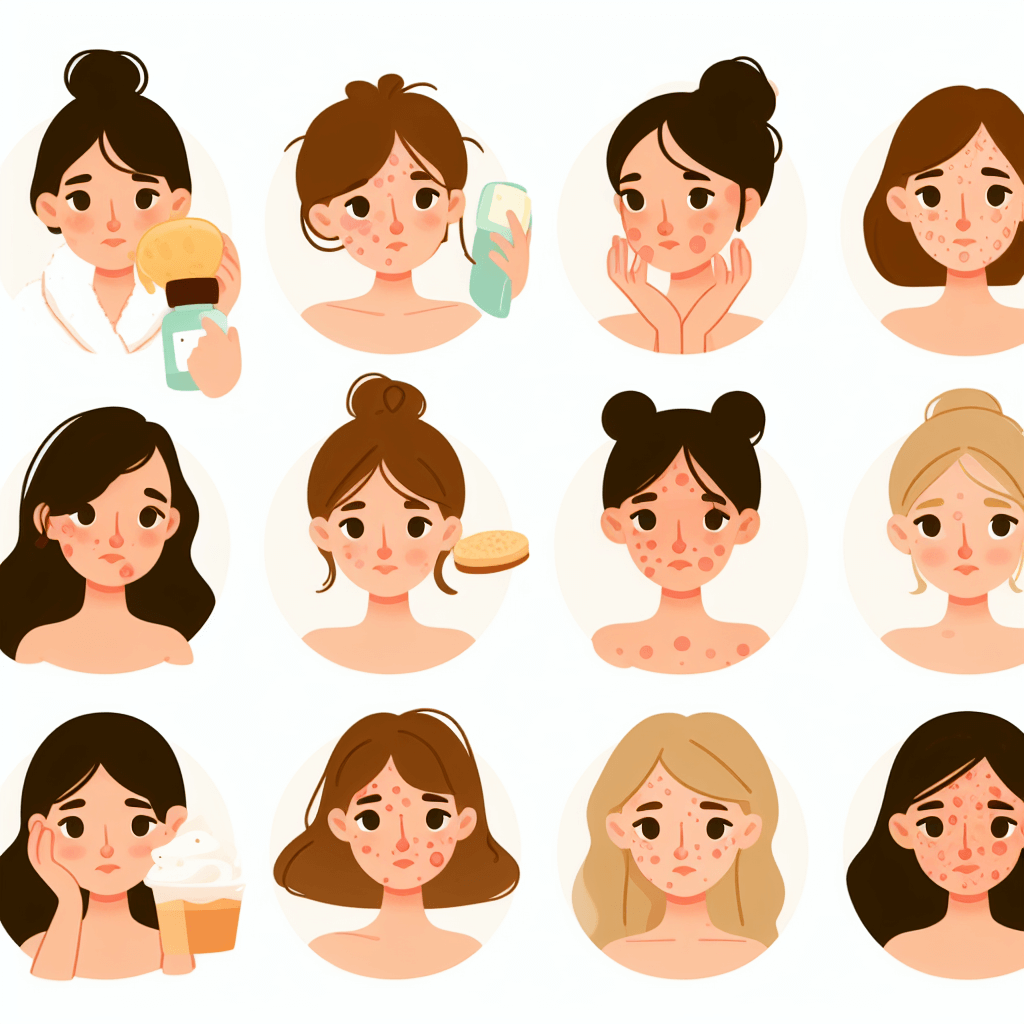
Types of Acne
1. Comedonal Acne
Comedonal acne typically consists of blackheads and whiteheads. Blackheads form when pores become clogged with oil and dead skin cells, appearing as small black dots. Whiteheads, on the other hand, occur when the pore is clogged but closed, leading to small, flesh-colored bumps.
2. Inflammatory Acne
Inflammatory acne includes papules, pustules, nodules, and cysts. Papules are red, tender bumps without a head, while pustules are similar but contain pus. Nodules are larger, solid, painful lumps beneath the skin’s surface, and cysts are pus-filled, painful lesions deep within the skin.
3. Hormonal Acne
Hormonal acne often appears around the jawline, chin, and sometimes the neck and back. It’s associated with hormonal fluctuations, commonly occurring during puberty, menstrual cycles, pregnancy, or due to hormonal imbalances. This type of acne can include various forms, from mild to severe.
4. Acne Rosacea
Acne rosacea causes redness, visible blood vessels, and small, red, pus-filled bumps resembling acne. It often affects the central face area and might be triggered by certain factors like sun exposure, hot or spicy foods, or alcohol. You should try our Acne Clogging Checker.
5. Identifying Your Acne
Identifying the type of acne you have is crucial for effective treatment. Pay attention to the characteristics, location, and persistence of your breakouts. Consider keeping a journal or taking pictures to track changes and discuss them with a dermatologist.
Treatment Approaches
Treatment for acne varies based on its type and severity. Over-the-counter products containing ingredients like benzoyl peroxide or salicylic acid might suffice for mild cases. However, severe or persistent acne might require prescription medications or dermatological procedures.
Final Thoughts
Acne comes in various forms and can affect individuals differently. Identifying the type of acne you have is the first step toward finding the most effective treatment. Remember, everyone’s skin is unique, so what works for one person might not work for another.
If you’re unsure about your acne type or the best treatment approach, consulting with a dermatologist can provide personalized guidance and help develop a skincare routine tailored to your skin’s needs.
Understanding the different types of acne empowers you to make informed decisions about your skincare routine and seek appropriate treatment when needed.

